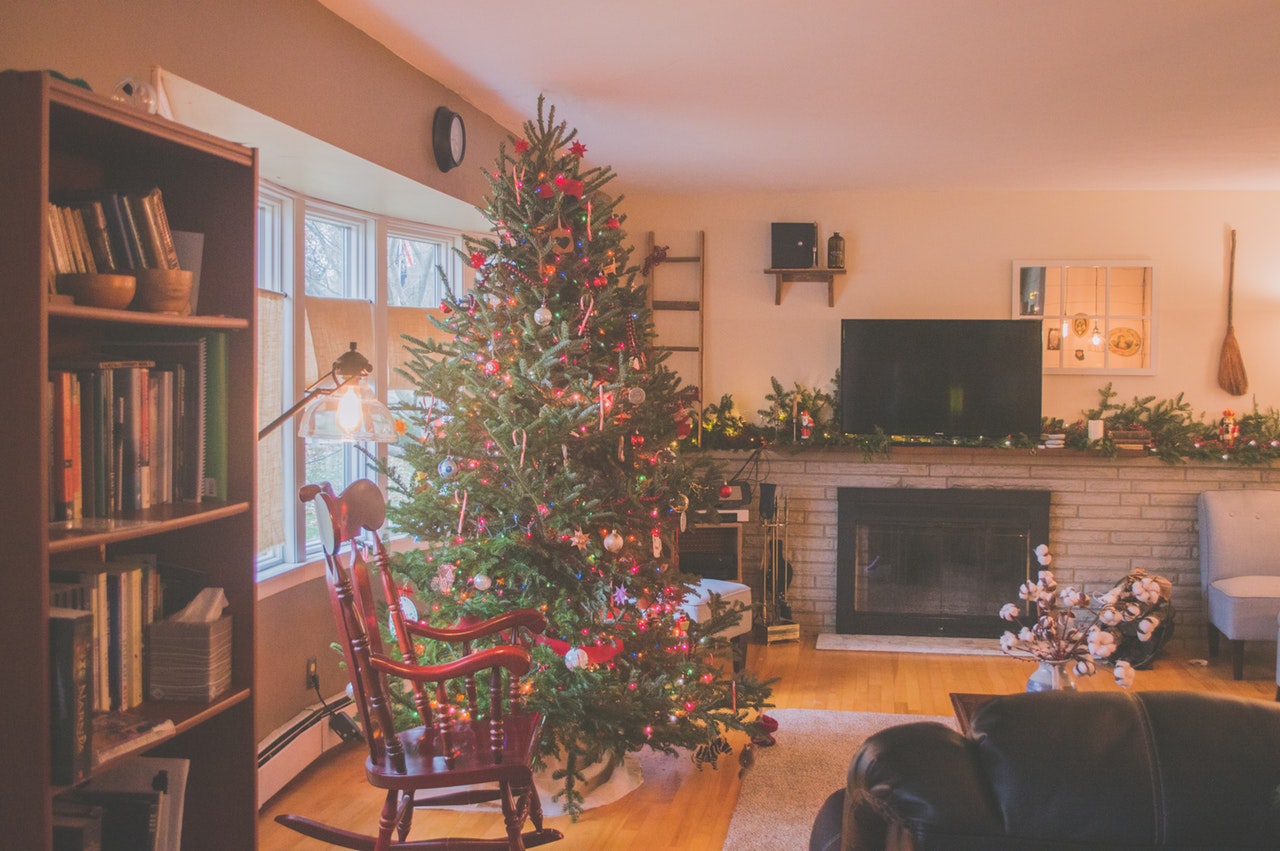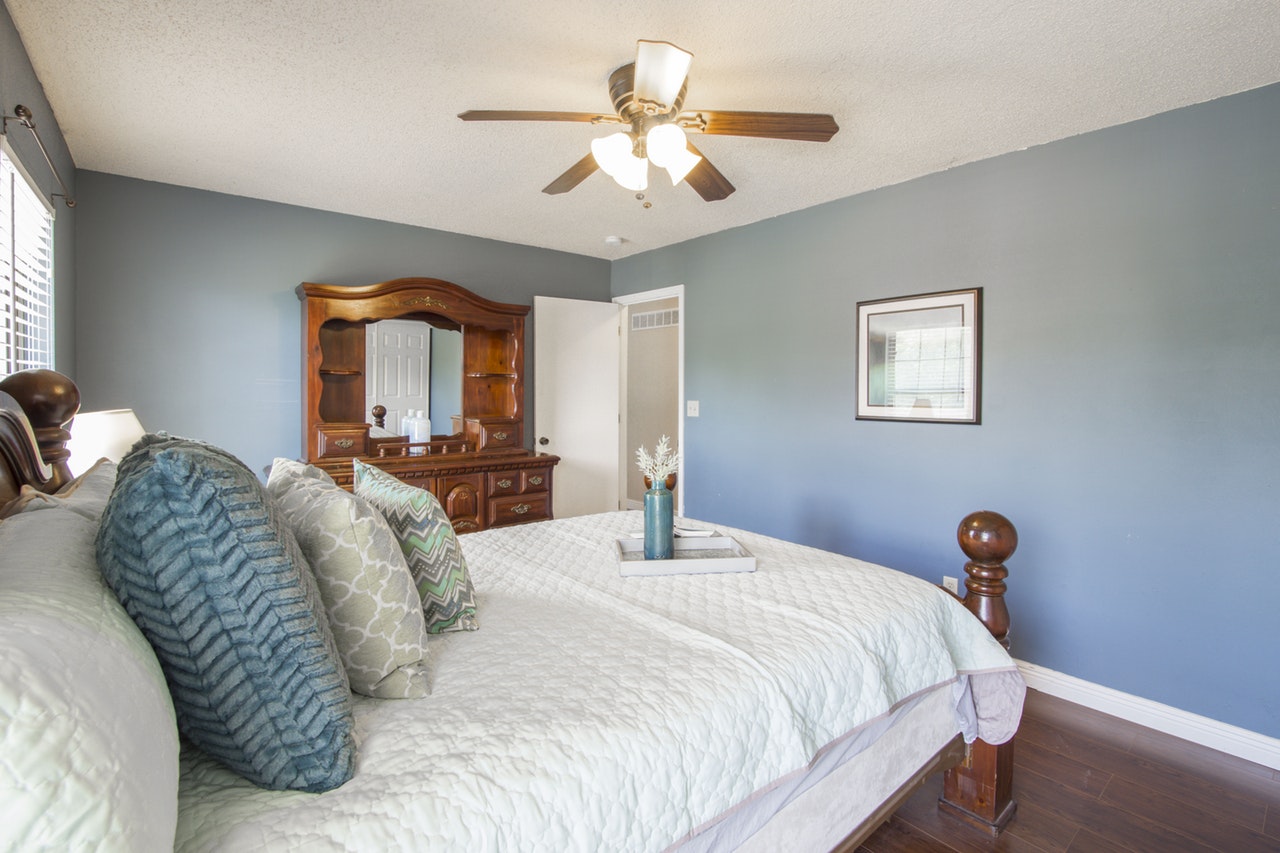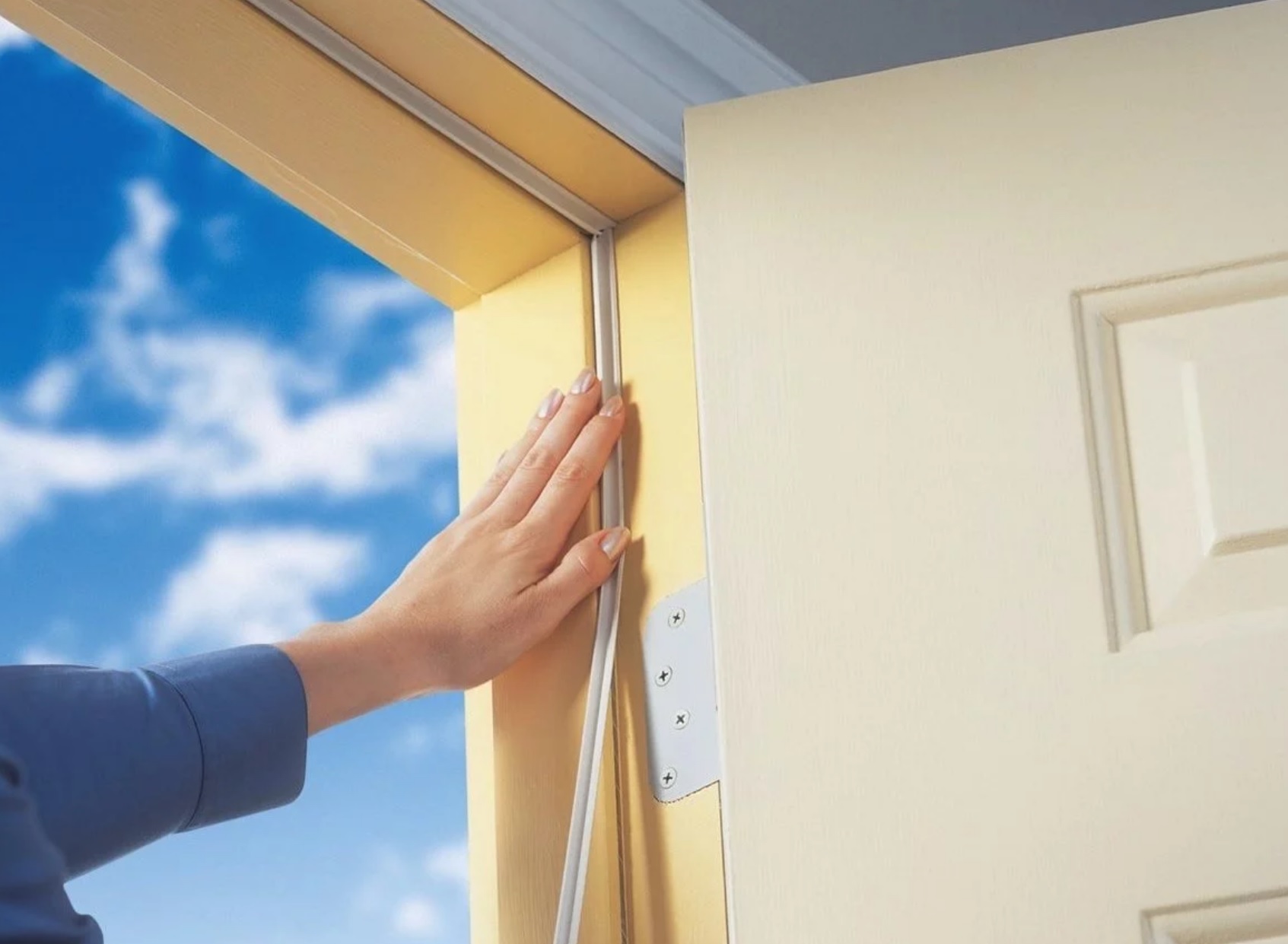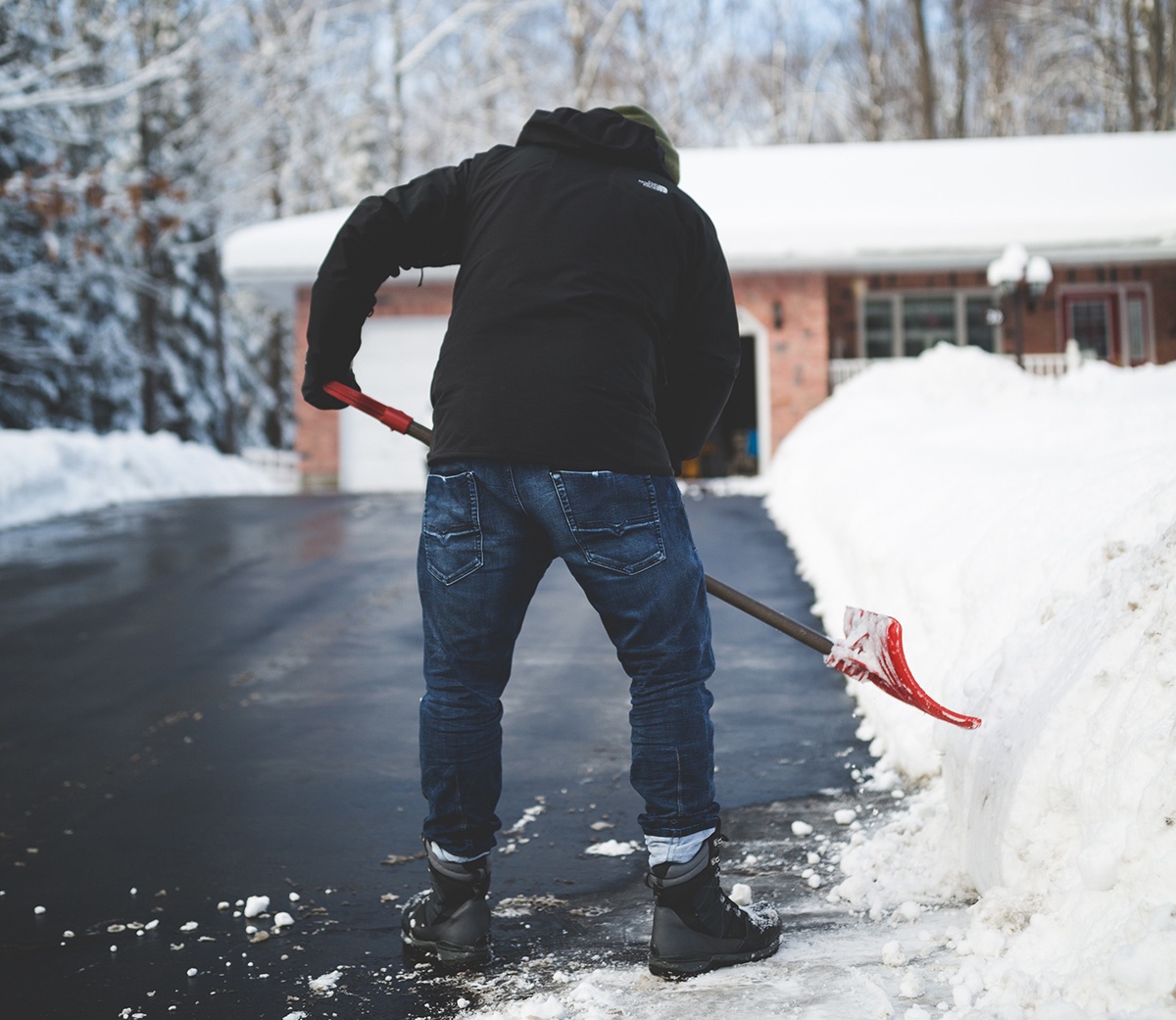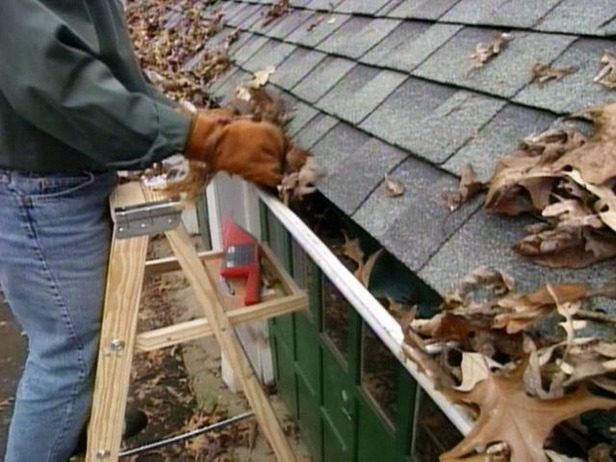Last Updated on March 4, 2022 by Alarm New England
Whatever your reason for wanting to know how to rent your house out, you no doubt want the entire process to run smoothly and to find tenants who will take care of your property.
Knowing how to rent your house out and the procedures to follow can mean the difference between finding reliable tenants and your apartment standing open, or even worse – having tenants who do not pay.
There is quite a bit to think about, and being adequately prepared from the beginning will set you up for success in the long run. An important question to ask yourself is whether or not to use a realtor or property manager as they will typically take care of some of the services we mention in this article.
While it can make life easy, you do pay for the convenience and can expect a realtor’s services to cost you about 10% of the monthly rent, as well as 50% of the first month’s rent once a tenant is secured. The other option is to find out how to rent your house out yourself and then manage your property on your own to save some money.
We have put together seven tips on how to rent your house out to remove a lot of the guesswork and layout the steps to renting out a house.
Our Top Tips On How To Rent Your House Out
Initial Phase – Advertising & Screening
Establishing Your Rental Price
The first tip on how to rent your house out is related to the rental price. Your rental price will be determined mainly by the price that the market is willing to pay, and not by the amount that you want to receive as income.

To determine how to rent your house out at a price the market is willing to pay, take a look online or in newspapers, or speak to the neighbors or local realtors to find out what other properties in the area are going for. This will give you an idea of what you can ask for yours.
Advertising Your Property
Once you have established a rental price, you need to advertise your property. Knowing where and how to put your house up for rent as an advertisement to reach the right potential tenants is important. Take photos of the house with furniture in it as this gives a better indication of the actual space available.
Ideally, advertise your house for rent on the same platforms you used to determine the rental income. Considering these platforms contain the information on the area, they are relevant and likely being seen by people interested in renting in the area.
Pre-screen Potential Tenants
How to rent your house out in the most efficient way begins here. You may think pre-screening is a duplication of what you will go through when examining the applications, but in actual fact, it will help you to remove unsuitable candidates early on and save you time in the long run.
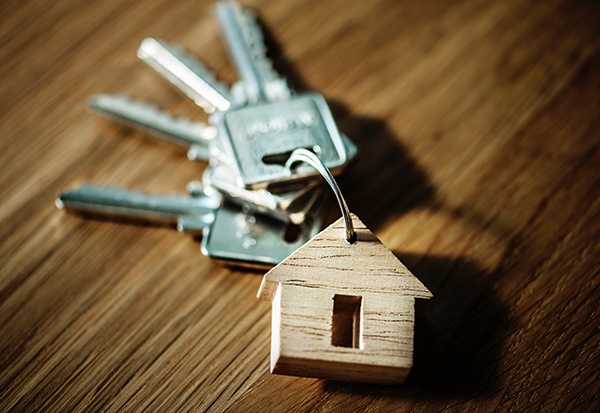
Ask the interested applicants who respond to your advert for some basic information over the phone and use this to immediately qualify or disqualify them from viewing your house. You may want to ask them:
- their employment status
- for references you can contact
- their credit history
- if they have any prior convictions
Let them know the number of people who can stay in the house (usually two per room)
Middle Phase – Showing & Applications
Showing The Property
Organize one property viewing at a designated time for your pre-screened applicants to see the house. This way you can get it over and done with in one go, and should you have current tenants in there already, it will be less of a disturbance for them.
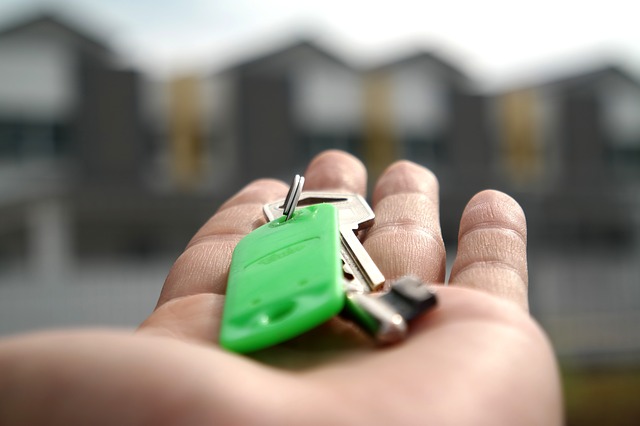
Ask your spouse, partner, family member or friend to come along and help you out with the viewing if you have a large number of people who want to see the place.
Make sure you have ample application forms with you to hand out to prospective tenants and ask those interested to fill it out while they are there. Most will want to take it home to fill out and send back to you, but it’s worth trying to speed up the process by creating a sense of urgency.
Applications and Background Checks
This phase of how to rent your house out is crucial. Combing through the applications and performing background and credit checks on your potential tenants will identify the right person for your property. Obtain a release of information from the applicant on the application form, and make sure you do these things:
- Verify the applicant’s monthly income
- Speak to two or three previous landlords provided as references
- Perform a credit and criminal check
Final Phase – Signing The Lease Agreement & Key Handover
The Lease Agreement
Once you have approved a tenant, it is time to sign the lease agreement. Either your attorney can draw up a basic lease agreement for you, or you can find free formats available to download off the internet. Alternatively, stationery/paper stores often have lease agreement templates available for purchase too.

This is also the point where you collect your safety deposit from your new tenant. Make sure you have a separate, interest-bearing bank account to deposit these funds into as required by law.
Key Handover
Use the key handover as an opportunity to also fill out the move-in condition report with your new tenant. Run through the house together; make notes and take photographs of its condition so that there are no conflicts when the tenants move out your property in future.

Our tips do not only apply to renting out your house, and can be taken to indicate how to rent out an apartment too. Whatever the case, we leave you with a final bonus tip on how to rent your house out – that is not to forget to take out a rental home insurance policy that covers you in the case of any unfortunate events such as fire or flooding that may result in loss of rental income.



![[Best Tips 2024] Winter Home Maintenance Checklist](https://alarmnewengland.com/wp-content/uploads/pexels-photo-1652423-1.jpeg)
